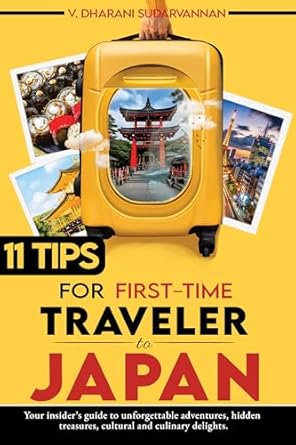Introduction: A Journey Through Time
Japan is a land where the past and future coexist in a remarkable harmony, a theme that is beautifully encapsulated in the contrasting cities of Kyoto and Tokyo. As one embarks on a weeklong journey through these two prominent urban centers, a unique opportunity unfolds to explore ancient traditions alongside modern advancements. Kyoto, the traditional heart of Japan, is renowned for its numerous shrines, temples, and traditional wooden houses that speak to the nation’s rich cultural heritage. Whereas, Tokyo, vibrant and constantly evolving, represents the cutting-edge of technology and contemporary lifestyle.
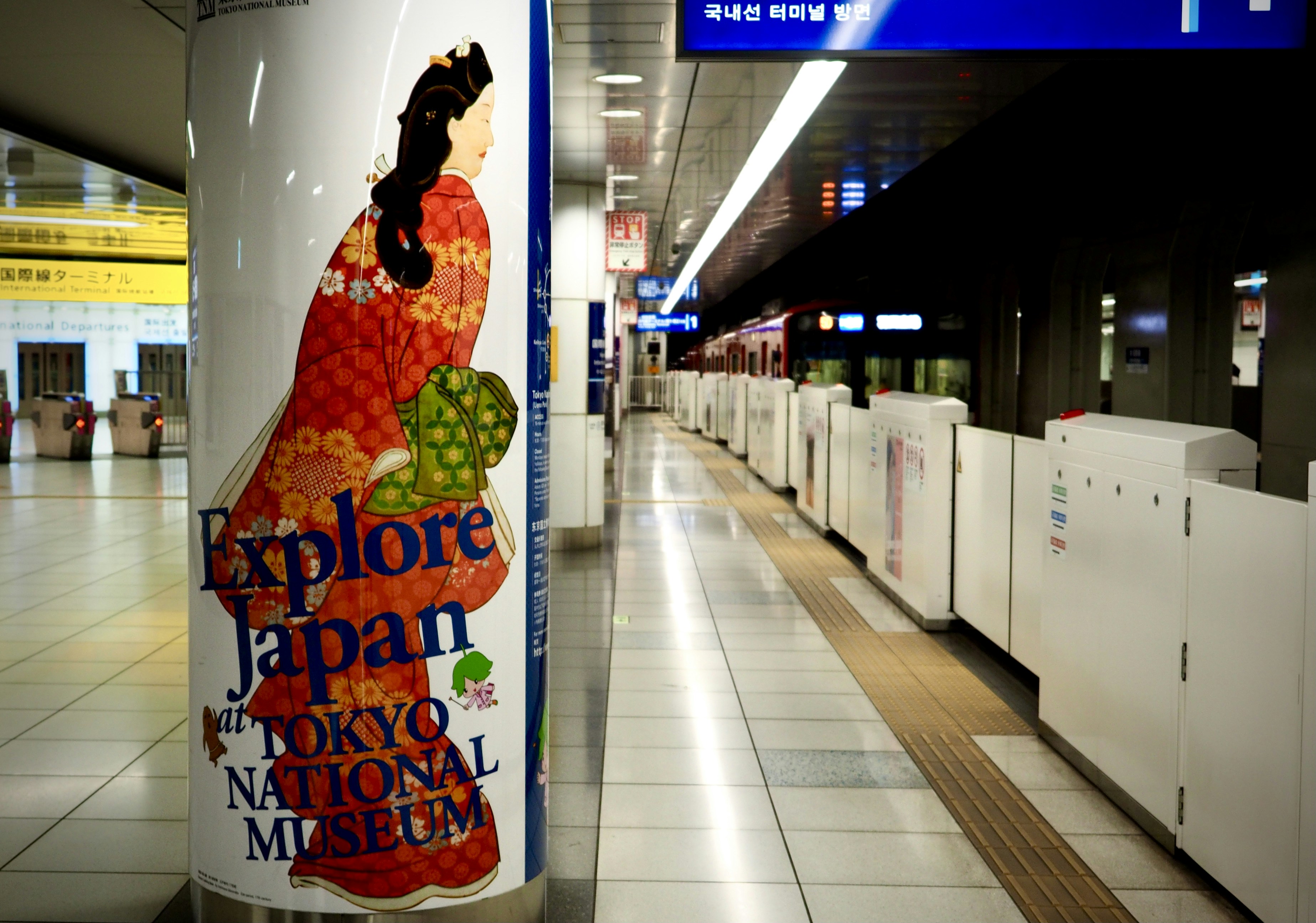
In Kyoto, visitors can immerse themselves in the atmosphere of serenity and peace offered by historic sites such as Kinkaku-ji and Fushimi Inari Taisha. These revered locations not only showcase exquisite Japanese architecture but also provide a glimpse into the spiritual practices that have defined the culture for centuries. Walking through the streets of Kyoto is akin to stepping back in time, where every corner is steeped in stories and tradition. Each temple beckons with a sense of tranquility, allowing visitors to reflect on the values that shape Japanese society.
Conversely, Tokyo presents a stark contrast with its bustling metropolis that showcases technological advancements and a fast-paced lifestyle. Skyscrapers adorned with neon lights, the latest fashion trends, and an array of digital experiences are abundant in this dynamic city. Tokyo’s neighborhoods like Shibuya and Akihabara illustrate the forefront of innovation and modernity, inviting exploration into the realm of robotics, gaming, and cutting-edge electronics.
This juxtaposition of Japan’s historical roots and its futuristic ambitions forms the cornerstone of this week-long adventure. Whether one finds themselves wandering through the hallowed halls of ancient temples or navigating the vibrant streets of Tokyo, the experience promises to be both rich and multifaceted, offering insights into Japan’s evolving identity.
Day 1: Arrival in Kyoto – The Gateway to Tradition
Upon arriving in Kyoto, visitors are immediately struck by the seamless blend of traditional culture and modern conveniences that define this historic city. As the former capital of Japan for over a millennium, Kyoto is often considered the cultural heart of the nation. Its skyline is adorned with ancient temples and shrines, coexisting alongside contemporary architecture, giving newcomers a profound sense of place.

One must-visit site is Kinkaku-ji, also known as the Golden Pavilion. This stunning Zen temple, covered in gold leaf, reflects beautifully in the surrounding pond, making it a popular photography spot and a visual embodiment of Kyoto’s artistic heritage. Visiting Kinkaku-ji is not just about admiring its beauty but also about understanding the deep-rooted traditions and philosophies of Japanese Zen Buddhism, making it an essential part of the Kyoto experience.
Another highlight is the Gion district, renowned for its traditional wooden machiya houses and the presence of geisha. Strolling through Gion in the early evening, one might catch a glimpse of geiko and maiko on their way to appointments, further immersing visitors in the cultural tapestry of Kyoto. The district is also home to numerous tea houses and shops, allowing travelers to savor local delicacies while soaking up the ambiance of old Japan.
To navigate the city effectively, utilizing Kyoto’s extensive public transportation system is advisable. The bus and subway networks are well-organized, providing convenient access to many attractions. Additionally, bicycle rentals are available for those preferring a more personal exploration of the city’s streets and hidden gems. Upon settling into accommodations, guests can find a range of options, from luxury ryokans to budget-friendly hostels, catering to various tastes and preferences.
Day 2: Exploring Temples and Shrines
On the second day of our journey through Japan, we delved into the rich cultural heritage that Kyoto has to offer, emphasizing its iconic temples and shrines. The day began with a visit to the renowned Kiyomizu-dera, a UNESCO World Heritage Site that has stood since the 8th century. This temple, famous for its wooden stage that juts out over the hillside, offers breathtaking views of cherry and maple trees, especially during the spring and autumn seasons. The structure itself embodies the architectural prowess of the time and serves as a testament to Japan’s historical resilience. The spiritual significance of Kiyomizu-dera cannot be understated; it is dedicated to Kannon, the goddess of mercy, making it a pilgrimage site for those seeking solace and enlightenment.
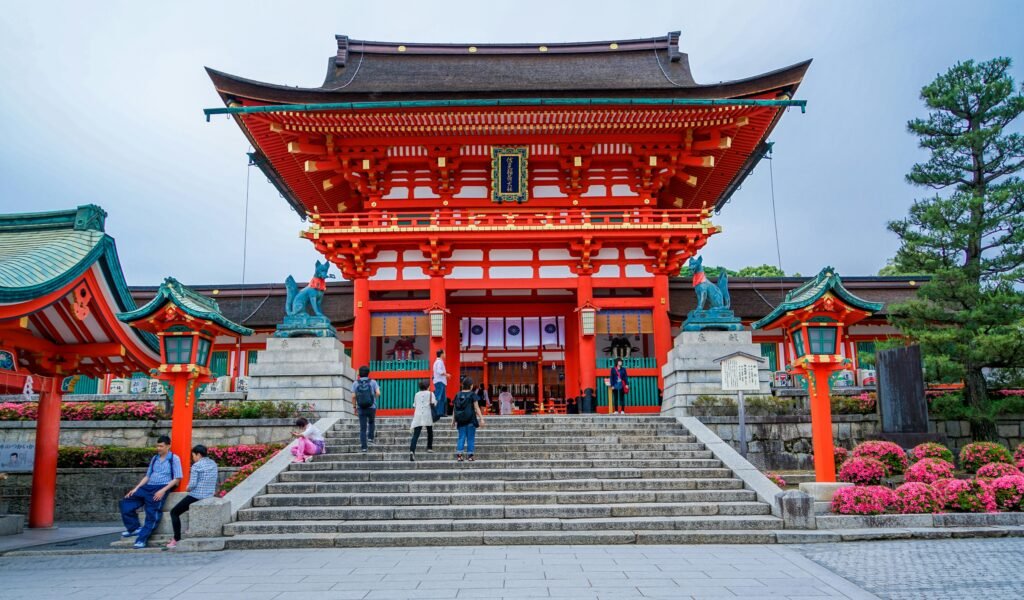
Next, we ventured to the breathtaking Fushimi Inari Taisha, celebrated for its thousands of vibrant red torii gates that snake up the mountain’s slopes. As we navigated through the winding paths, each gate served as a shrine in honor of Inari, the god of rice. The spiritual atmosphere is palpable, and visitors often reflect on their hopes and desires as they walk through this enchanting landscape. The gates, donated by individuals or businesses, symbolize a deep connection to spiritual traditions and express gratitude and reverence, enhancing a visitor’s experience while exploring the interconnectedness of nature and divinity.
To enrich our cultural exploration, we also took part in a traditional Japanese tea ceremony. This serene experience provided invaluable insights into Japanese customs centered around tea preparation, serving, and consumption. Participants engage in a ritual that emphasizes simplicity, mindfulness, and the beauty of hospitality. As we savored matcha tea, we found ourselves reflecting on the philosophy that underpins the ceremony, a deep appreciation for harmony with nature and respect for others, enriching our understanding of Japanese culture.
Kyoto’s Culinary Delights
Kyoto, a city steeped in rich history and culture, boasts a culinary scene that reflects its traditions and natural beauty. The understanding of food in Kyoto transcends mere nourishment; it is a cultural experience steeped in aesthetic presentation and seasonal ingredients. A signature highlight of this gastronomic landscape is kaiseki, a multi-course meal that encapsulates the essence of Japanese dining. Each dish in a kaiseki meal is crafted with precision, artistry, and an appreciation for the changing seasons, showcasing dishes like sashimi, grilled fish, and seasonal vegetables, all harmoniously arranged to please the eye and palate.
Another notable dish in Kyoto’s culinary repertoire is yudofu, a simple yet elegant tofu hot pot. This warming dish typically features soft, silken tofu simmered in a delicate broth, often accompanied by leafy greens and a variety of dipping sauces. Found in many restaurants, yudofu epitomizes the minimalist philosophy of Japanese cuisine, allowing the subtle flavors of the tofu and broth to shine through.
Nishiki Market, often referred to as “Kyoto’s Kitchen,” is an essential destination for food enthusiasts. Stretching over five blocks, this vibrant market is lined with stalls offering a diverse array of local delicacies, from pickled vegetables to sweets and fresh seafood. Visitors can sample regional specialties, such as tsukemono (Japanese pickles) and yuba (tofu skin), providing an authentic taste of Kyoto’s culinary heritage. Other dining establishments, like traditional tea houses, provide an opportunity to experience authentic Japanese tea ceremonies paired with seasonal confections.
For those looking to explore Kyoto’s culinary delights independently, a number of cookbooks and resources focusing on traditional recipes are available. By learning local techniques and ingredients, enthusiasts can recreate the flavors of Kyoto at home, keeping the spirit of this cuisine alive. The city’s gastronomy is not only a feast for the senses but also a reflection of its culture and community, making it an integral part of any visit to Kyoto.
Day 4: Journey to Tokyo – The Metropolis of Innovation
As the sun rises on Day 4, travelers are faced with a remarkable transition from the atmospheric charm of Kyoto to the vibrant pulse of Tokyo. This journey symbolizes not just a physical move from one city to another, but a crossing from historical roots to contemporary innovation. Ideally, one can take the Shinkansen, Japan’s renowned bullet train, which provides a swift and comfortable route between the two cities. The journey takes approximately 2 hours and 30 minutes, allowing passengers to revel in the scenic views of the Japanese countryside. Booking tickets in advance is advisable, particularly during peak seasons.
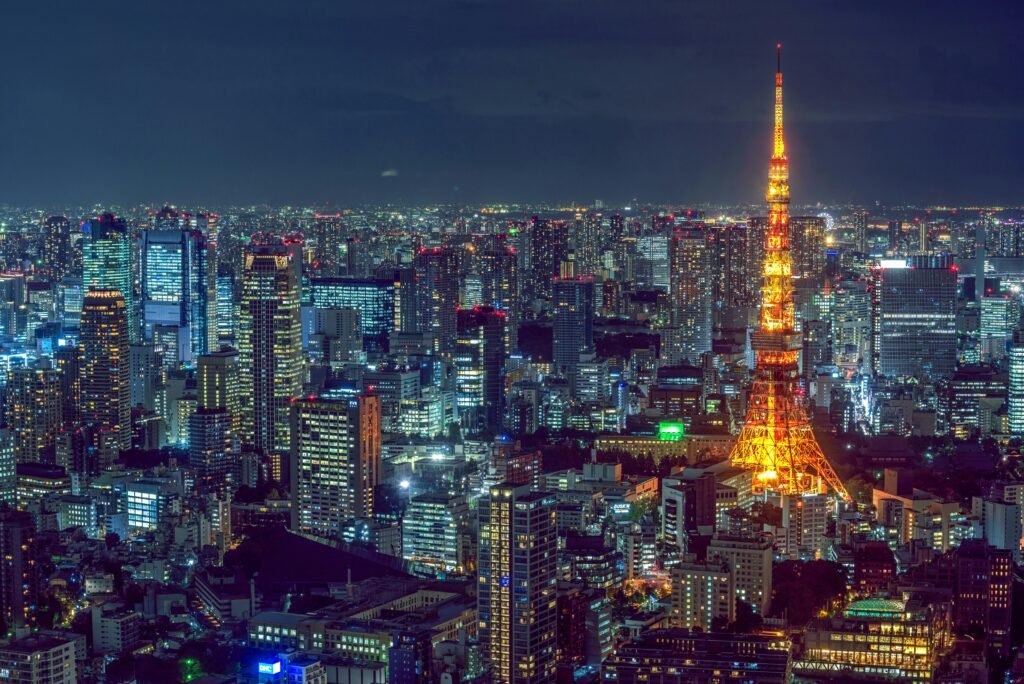
Upon arrival in Tokyo, visitors will immediately sense a difference. While Kyoto is characterized by serene temples and traditional wooden structures, Tokyo boasts a striking skyline dominated by modern skyscrapers and sprawling urban districts. The exhilarating atmosphere of Tokyo is palpable, as it operates as a central hub for technology and innovation. This city is a testament to Japan’s advancement in various fields, including robotics, artificial intelligence, and digital technologies. The contrast is not just physical but also cultural; Tokyo is bustling with activity, showcasing a blend of tradition and cutting-edge lifestyle.
For those eager to explore, it’s advisable to start with districts such as Shibuya and Shinjuku, known for their iconic landmarks and vibrant nightlife. Transportation within Tokyo is efficient, primarily through its extensive subway and bus system, allowing for easy navigation between districts. Visitors should also consider purchasing a prepaid Suica or Pasmo card, which facilitates seamless travel on public transport.
As you immerse yourself in the city’s rapid pace, keep the essence of both Kyoto’s heritage and Tokyo’s innovation in mind. Although they are different, each city contributes uniquely to the rich tapestry of Japanese culture. The day’s journey not only marks a physical travel experience but also invites reflection on the dynamic shift between tradition and modernity.
Day 5: Futuristic Tokyo – Shibuya and Akihabara
On the fifth day of your journey, immersing yourself in the vibrant landscape of Tokyo’s Shibuya and Akihabara districts offers a striking contrast to the historic sites previously visited. Shibuya, renowned for its bustling atmosphere, is home to the iconic Shibuya Scramble Crossing, a testament to Tokyo’s rapid technological advancement and urban life. As you stand at the intersection, the sea of pedestrians crossing from all directions symbolizes the energetic pulse of the city. Surrounding the crossing are towering screens displaying advertisements in mesmerizing high-definition, showcasing the latest trends and technological innovations.
Your exploration of the area further leads you to Hachiko Statue, a poignant reminder of loyalty, which has become a beloved rendezvous point. The fashion-forward streets of Shibuya beckon with retail outlets that feature Japanese street fashion, providing an opportunity to witness the synthesis of culture and modernity that characterizes the district.
After indulging in Shibuya, Akihabara awaits with its unique blend of electronics and pop culture. Known as the epicenter of otaku culture, Akihabara houses an array of electronics shops ranging from the latest gadgets to retro gaming consoles. This district is not merely a shopping haven; it is a cultural phenomenon that celebrates anime, manga, and video gaming.
A visit to one of Akihabara’s themed cafés is a must, where you can experience the creativity and charm of this subculture. Many of these cafés, such as maid cafes, offer an engaging and interactive environment, providing a novel experience while showcasing Japan’s dedication to customer service and entertainment. Whether you are a tech enthusiast or a pop culture aficionado, Shibuya and Akihabara exemplify Tokyo’s futuristic allure and innovative spirit, making it an unforgettable part of your journey.
Day 6: Blend of Tradition and Modernity – Asakusa and Skytree
On Day 6 of the journey through Japan, the exploration commences in the Asakusa district, a hub that encapsulates the harmonious coexistence of the past and the present. At the heart of Asakusa lies Senso-ji Temple, Tokyo’s oldest and one of its most revered religious sites. Established in 645 AD, the temple is dedicated to Kannon, the Buddhist goddess of mercy. The approach to the temple, known as Nakamise Street, features a vibrant procession of traditional stalls selling an array of souvenirs, snacks, and local delicacies. The captivating architecture of Senso-ji, with its ornate pagoda and vivid red colors, stands as a testament to Japan’s rich cultural heritage.
As visitors stroll through the bustling streets of Asakusa, they are immersed in a cultural experience that includes the sight of rickshaws carrying tourists and the sounds of vendors calling out. The atmosphere is steeped in history, yet there is an unyielding sense of modernization in the air. This juxtaposition is a hallmark of urban Japanese life, where ancient customs seamlessly blend with the modern world. Nearby, the choices of traditional kimonos for rental and local craft shops enhance the experience, allowing travelers to connect more deeply with the area’s heritage.
Just a short distance away is Tokyo Skytree, an architectural marvel that embodies contemporary design and innovation. Standing at 634 meters, it is the tallest structure in Japan and offers breathtaking panoramic views of the city. Skytree not only serves as a broadcasting tower but also features shopping, dining, and an aquarium, symbolizing the modern lifestyle of Tokyo. This striking contrast between the ancient Senso-ji Temple and the futuristic Tokyo Skytree showcases Japan’s ability to honor its traditions while enthusiastically embracing modernity, making the day an unforgettable experience of cultural discovery.
Reflection and Cultural Immersion
As you conclude your week-long journey through Japan, particularly through the historic cities of Kyoto and Tokyo, it is essential to take a moment for reflection. Each day spent exploring the temples, shrines, and bustling streets has offered a profound lesson in the delicate balance between tradition and innovation that defines Japanese culture. The serene atmosphere of Kyoto’s ancient temples, juxtaposed with the high-tech landscapes of Tokyo, presents a unique narrative of a society that seamlessly intertwines its rich heritage with modern advancements.
Throughout your travels, you may have discovered that immersing oneself in Japanese culture involves more than merely visiting iconic sites. Engaging with local artisans through workshops, for instance, allows a deeper understanding of traditional crafts such as pottery, calligraphy, or kimono making. These hands-on experiences grant invaluable insights into centuries-old techniques that continue to thrive in contemporary society. Engaging with community members not only nurtures your connection to the culture but also supports the preservation of these artisanal skills that are at risk of fading away.
Another captivating way to deepen your cultural immersion is by attending traditional festivals. These vibrant events showcase the diversity of local customs, from lively parades filled with colorful floats to enchanting performances that recount age-old tales. Participating in such festivities fosters a genuine appreciation for the spirit of Japan and allows you to witness first-hand how history and modernity coexist.
As you carry the memories of your journey back home, consider how the lessons learned in Japan resonate beyond your travels. Embracing both tradition and innovation can enrich your own life, encouraging you to draw from the past while being open to new possibilities.
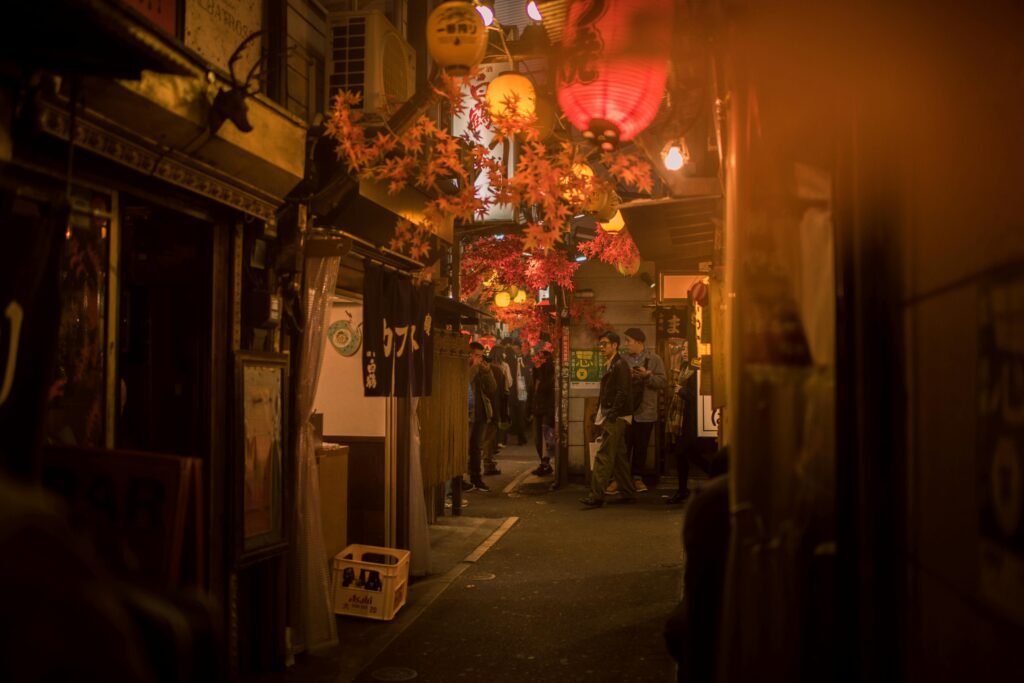
Conclusion: The Unforgettable Experience
Reflecting on a week spent in the enchanting cities of Kyoto and Tokyo, it becomes evident that this journey is an unforgettable experience that seamlessly intertwines the elegance of ancient traditions with the vibrancy of modern advancements. Visiting Kyoto, one is immediately struck by the serene beauty of its historic temples, meticulously maintained gardens, and traditional wooden houses. These sites, rich in history and culture, offer a glimpse into Japan’s illustrious past, making them indispensable to any travel itinerary.
Transitioning to Tokyo presents a striking contrast. This bustling metropolis showcases the country’s cutting-edge technology alongside a dynamic lifestyle. Skyscrapers, neon lights, and the latest innovations dominate the skyline, drawing visitors into its fast-paced rhythm. Yet, even amid the modernity, traces of traditional Japan remain present, from ancient shrines tucked between towering buildings to tea ceremonies that harken back to centuries-old customs. Such contrasts create a unique tapestry that symbolizes Japan’s ability to honor its heritage while embracing the future.
A journey through these two distinct cities offers more than just a visual feast; it provides insight into the complexities of Japanese culture. Travelers can engage with local communities, savor exquisite culinary offerings, and participate in age-old rituals that exemplify the harmony between the past and present. The week spent traversing through the tranquil streets of Kyoto and the vibrant avenues of Tokyo fosters a deep appreciation for Japan’s rich, multifaceted identity.
Therefore, for those contemplating a visit, embarking on such a journey is bound to stir one’s curiosity and ignite the spirit of adventure. As one navigates the pristine temples in Kyoto and immerses in the dazzling tech-savvy landscape of Tokyo, the experience will surely resonate for years to come, inspiring many to explore the captivating beauty of these two contrasting worlds.


